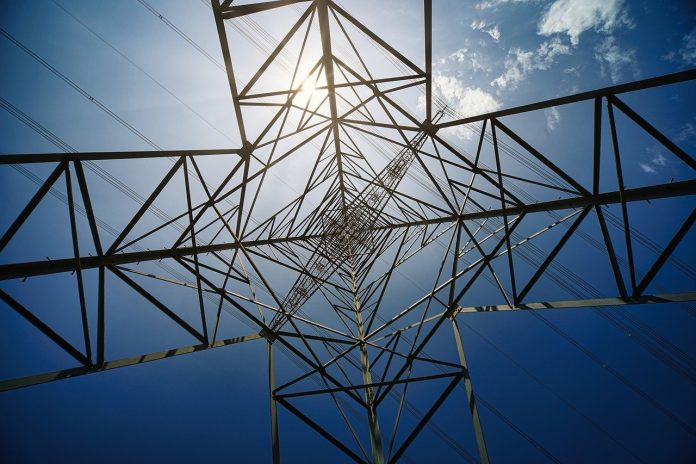The holder of investments in transmission lines, substations, and other network infrastructure is HEP-ODS (Croatian Electricity Distribution System Operator)
For the refurbishment of existing and construction of new transmission lines, networks, and other infrastructure for electricity supply, HEP will invest 2 billion and 420 million euros by 2033, according to the proposal of the Ten-Year Investment Plan of the company HEP-ODS, which is part of the eponymous group responsible for electricity distribution.
This is a long-awaited investment plan as the state has decided to further boost the construction of solar power plants and wind farms with an increase in the share of renewable energy sources in the country’s energy mix, whose success directly depends on the state of the network maintained by HEP-ODS – reports Jutarnji list. Owners of solar and wind farms, remember, in past years have called out HEP-ODS for the price, speed, and manner of connecting plants to the network, finding the slow connection procedure one of the key causes of the insufficient development of renewables.
The investment plan of HEP-ODS also emphasizes that next year in energy will be marked by an increase in investments in renewables, the electrification of transport, and the construction of charging stations for electric vehicles. The company will spend 25 percent of the plan on the network and equipment with a voltage of up to 0.4 kilowatts used by small solar power plants and charging stations for electric vehicles, but so far with an uncertain effect of such investments on the network connection price. Indeed, as explained in the plan, a new decision by HERA on the network connection price is awaited.
Contract deadline
According to bylaws, the price of connection in the Zagreb area amounts to 225.63 euros per kilowatt of requested connection power, and in other areas of the country, 179.18 euros per kilowatt. The deadline by which HEP ODS is obliged to realize the connection is 30 days from the day of payment of the connection fee for simple connections, and for complex connections according to the deadline from the connection contract – this reminds the HEP-ODS investment plan and reveals that this year the company will invest 100 million euros in new connections.
The Renewable Energy Sources Association of Croatia evaluates that HEP-ODS has remained committed to, as they state, a conservative approach to both the development of the distribution network and connections to the network. The traditional approach to connecting new users, producers, and consumers is seen as one of the potential obstacles to a development of a dynamic system necessary for the energy transition. When connecting new users, HEP continues to be guided by the principle of 100 percent network availability and supply security criteria. Such criteria result in an over-dimensioning of the system which is significantly more expensive and whose development requires significantly more time. Thus, in practice, the connection of new users is prevented if the calculations for boundary conditions show a deterioration of the quality of voltage conditions – RESC points out.
Part of HEP-ODS’s investments will also go into introducing new, advanced meters for households and companies. Remote reading meters will be introduced, and the plan states that the deadline for installation is 2029, without detailing how many will be installed and in which years. About 12 percent of the planned 2.4 billion euros of investment by HEP-ODS will be allocated for, as stated in the plan, measuring devices, secondary systems, and development. So far, advanced meters have been installed in almost 50 percent of companies and 13 percent of households.
Two scenarios
We propose a significant acceleration in the introduction of remote reading meters for households and the use of the EU funds for co-financing – RESC suggests. Regarding support for electric vehicle charging stations, HEP-ODS has developed investments in the network that will host the chargers based on two scenarios. The first is that the share of electric and hybrid vehicles on our roads will reach 3.5 percent in 2030 and 65 percent in 2050, and the second scenario starts from a share of 4.5 percent in 2030 and 85 percent in 2050. The Renewable Energy Association warns that in practice, the problem of connecting infrastructure for charging electric vehicles at urban and traffic locations is increasingly appearing. Therefore, they propose the development of new standard solutions for connecting electromobility infrastructure and also to allow the connection of EV chargers in multi-apartment and commercial buildings.
The pace of HEP-ODS’s investments is on average 207.4 million euros per year in this and the next two years, to be reduced to 114.4 million euros per year from 2027 to 2033. These amounts should be added to about a billion investments in network connections and electrical conditions.
Source: Vedran Marjanović/Jutarnji list










